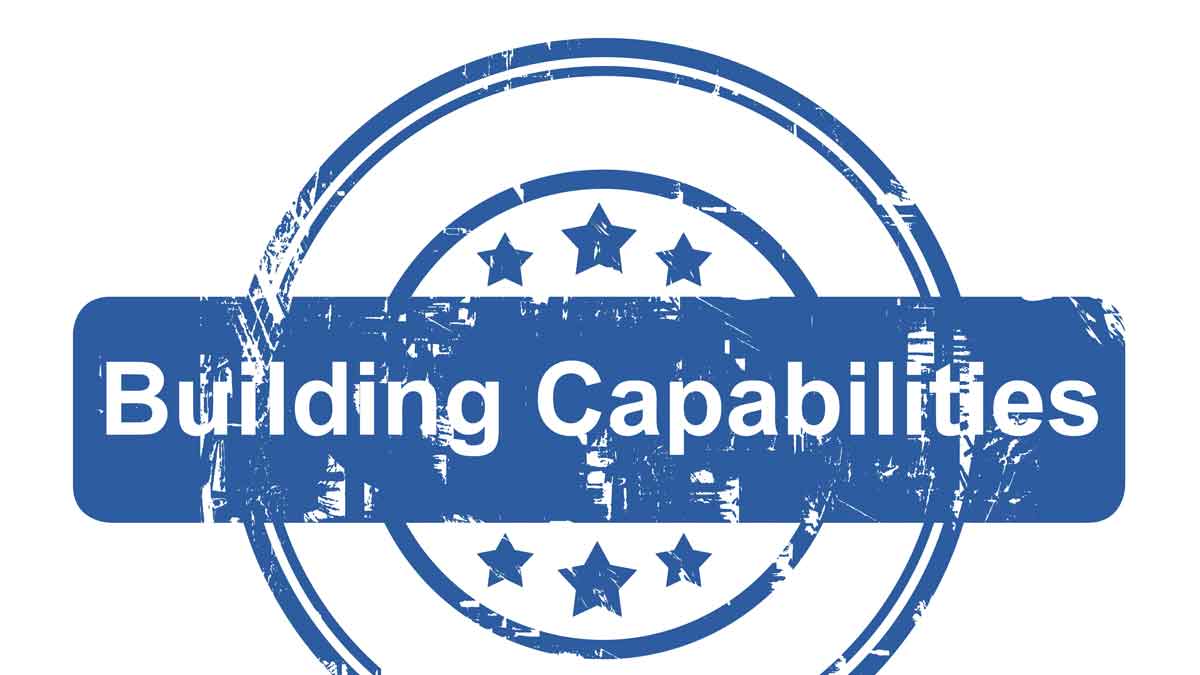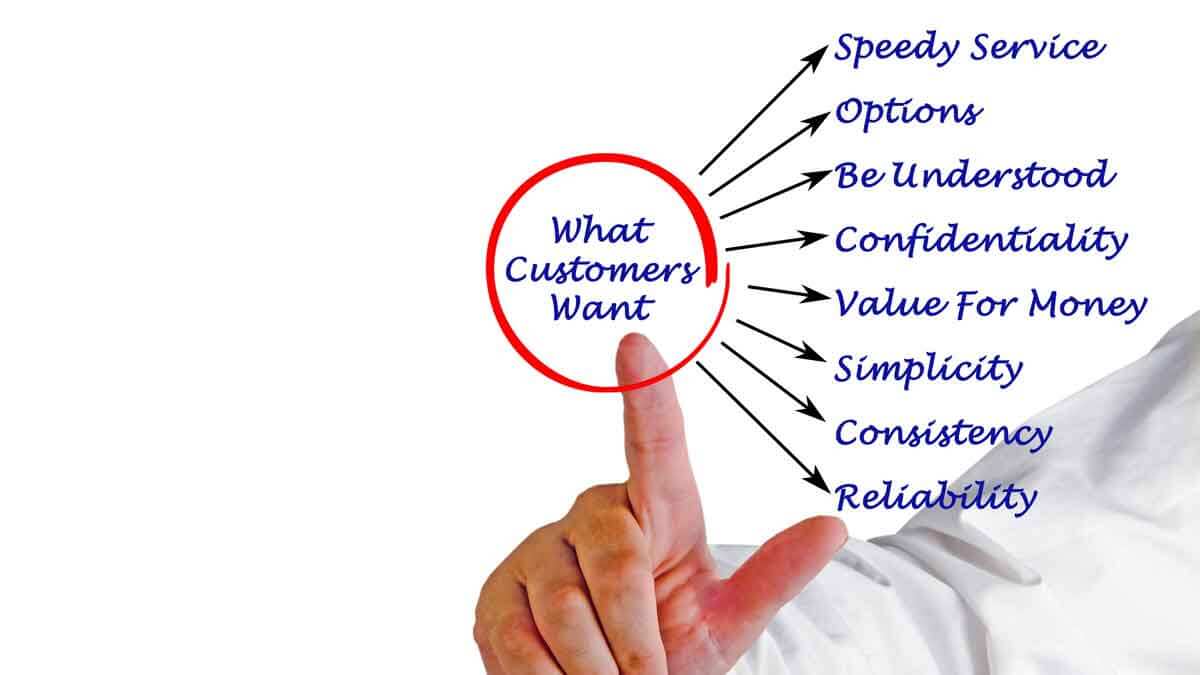Do you know if your company is improving key capabilities? Understanding customers’ needs, assessing competitive alternatives, creating data-driven value propositions, etc.? A race team that just counts wins—instead of pit crew times and engine torque—stops winning. Understand the capabilities that drive innovation and start measuring them.
More in Chapter 9 of Business Builders by Dan Adams
I am sometimes asked to do a workshop on developing value propositions. I say, “Not unless you invite your customers to it.” Seriously, suppliers already spend far too much time guessing what customers want. Why try to legitimize this innovation malpractice by creating and word-smithing value proposition statements internally? Better to conduct proper B2B interviews and then build a value calculator around a value proposition that customers truly care about.
More 2-minute video at 34. Use value calculators to establish pricing
Unlike many B2C benefits, e.g. amusement, comfort, and self-esteem, B2B customer benefits are usually measurable, economic and—wait for it now—predictable. This predictability means B2B suppliers who study customer outcomes, like a science, will be handsomely rewarded. B2B customers will eagerly help you… if you know how to ask them.
More in white paper, www.guessingatcustomerneeds.com
If you haven’t explored Design Thinking for your product development yet, I highly recommend you do. It brings seven important benefits: 1) stronger value propositions, 2) rapid customer insight, 3) improved customer engagement, 4) potential for transformational innovation, 5) less squandered R&D, 6) reduced commercial risk, and 7) the erosion of functional silos.
But if you’re a B2B company, don’t simply use Design Thinking as it’s taught in design schools. You can optimize it for B2B, especially the first two steps, “empathize” and “design”… using B2B-optimized Discovery and Preference interviews.
More in white paper, Design Thinking Optimized for B2B
Our research shows “strong value propositions” are the #1 driver of B2B organic growth: The ability to develop such value propositions separates the “winners” and “losers.” Here are the 3 growth drivers (out of 24) that show the greatest competency differences between these winners and losers: #1 Front-end Work (creating a compelling business case), #2 Market Concentration (disproportionately focusing resources on attractive market segments), and #3 Customer Interviews: (gaining the insights needed to establish your value proposition).
More in research report, What Drives B2B Organic Growth?
In our research, B2B professionals rated a strong value proposition as the #1 most important driver of profitable, sustainable organic growth. But what makes it strong? Certainly not the supplier’s opinion. A value proposition is only strong if it addresses outcome(s) important and unsatisfied to the customer. This is the part that most B2B new-product teams bungle. They guess, hope, or hypothesize which outcomes customers want. Big mistake. Without unbiased, unfiltered data, most teams are led astray by their confirmation bias.
More in video, Leader’s Guide to B2B Organic Growth series, Video Lesson #19
Our research into the views of B2B professionals regarding organic growth revealed: The #1 driver of profitable, sustainable growth is strong value propositions. The #1 differentiator between strong and weak value providers is front-end work. The #1 most desired area to improve is market insight. See a pattern? Today’s key to growth isn’t an improved stage-and-gate process or hiring more R&D staff. It’s understanding customer needs better than competitors.
More in article, Market Satisfaction Gaps… your key to B2B organic growth
Consider four steps: 1. Understand value, learning which important outcomes customer lack. 2. Quantify value, estimating the potential value beyond customers’ next best alternative. 3. Build value, by developing a new offering. 4. Communicate value, with a dynamic launch. Most companies can get much better at steps 1, 2, and 4.
More in article, Three Steps to Unbeatable Value Propositions (Originally published in B2B Organic Growth newsletter).
Do you know if your company is improving key capabilities? Understanding customers’ needs, assessing competitive alternatives, creating data-driven value propositions, etc.? A race team that just counts wins—instead of pit crew times and engine torque—stops winning. Understand the capabilities that drive innovation and start measuring them.
Read more in the article, 3 Problems with Innovation Metrics (Originally published in B2B Organic Growth newsletter).
I am sometimes asked to do a workshop on developing value propositions. I say, “Not unless you invite your customers to it.” Seriously, suppliers already spend far too much time guessing what customers want. Why try to legitimize this innovation malpractice by creating and word-smithing value proposition statements internally?
More in article, The Science behind Great Value Propositions (Originally published in B2B Organic Growth Newsletter).
Unlike many B2C benefits, e.g. amusement, comfort, and self-esteem, B2B customer benefits are usually measurable, economic and—wait for it now—predictable. This predictability means B2B suppliers who study customer outcomes, like a science, will be handsomely rewarded. B2B customers will eagerly help you… if you know how to ask them.
More in article, The Science behind Great Value Propositions (Originally published in B2B Organic Growth Newsletter).











